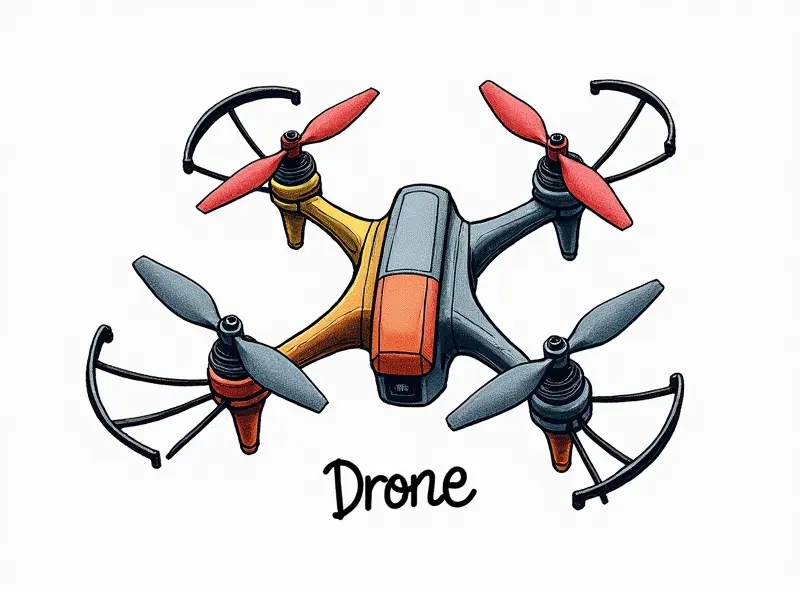Li-Po safety cut-off mechanisms

LiPo Safety: Understanding Cut-Off Mechanisms
When it comes to the world of radio-controlled (RC) vehicles, drones, and other high-performance electronics, Lithium Polymer (LiPo) batteries are a staple. However, these powerful energy sources come with inherent risks if not managed properly. One of the most critical aspects of LiPo battery management is understanding and implementing effective cut-off mechanisms to ensure safety.
Protecting Your Drone with LiPo Cutoffs
The use of LiPo batteries in drones has revolutionized aerial photography, surveillance, and other applications. However, these batteries can pose significant risks if not protected adequately. A well-designed cutoff system is essential for preventing over-discharge, overcharging, and overheating, which are common causes of battery failure.
Essential Guide to LiPo Battery Safeguards
To ensure the longevity and safety of your LiPo batteries, it's crucial to understand the various safeguards available. These include:
- Voltage Cutoffs: Preventing over-discharge by disconnecting power when voltage drops below a safe level.
- Temperature Monitoring: Detecting and responding to excessive heat, which can lead to thermal runaway.
- Balancing Circuits: Ensuring that all cells within the battery pack are evenly charged and discharged.
How LiPo Cut-Offs Prevent Fires
The primary function of a cut-off mechanism is to prevent fires caused by over-discharge, overcharging, or internal short circuits. When a battery cell discharges beyond its safe voltage limit, it can lead to chemical reactions that generate heat and potentially ignite the electrolyte.
Voltage Cutoff in LiPo Batteries
Every LiPo cell has a nominal voltage range, typically between 3.7V (fully charged) and 2.75V (discharged). Operating outside this range can cause irreversible damage or even catastrophic failure. A reliable voltage cutoff ensures that the battery is disconnected before reaching these dangerous levels.
Safe Flying: LiPo Battery Protection Tips
To maintain safe flying conditions, follow these tips:
- Use Quality Chargers: Invest in reputable chargers with built-in safety features like overcharge protection and balancing circuits.
- Monitor Temperature: Keep an eye on the battery temperature during charging and discharging. Excessive heat is a warning sign of potential issues.
- Avoid Overheating: Ensure proper ventilation for your drone or RC vehicle to prevent overheating, especially in high ambient temperatures.
Maximizing LiPo Lifespan with Proper Cutoffs
Maintaining the health and longevity of your LiPo batteries is crucial. By implementing effective cutoff mechanisms:
- Prevent Over-Discharge: Ensure that each cell remains within its safe voltage range.
- Avoid Deep Discharge: Limit discharges to a maximum of 80% capacity to extend battery life.
- Regularly Balance Cells: Use balancing chargers to maintain equal charge levels across all cells.
Avoiding LiPo Catastrophes: Safety Measures
To avoid potential disasters, adhere to these safety measures:
- Proper Storage: Store batteries in a cool, dry place away from flammable materials.
- Use Protective Cases: Keep batteries in protective cases when transporting or storing them.
- Inspect Regularly: Check for signs of swelling, leakage, or damage before each use.
Critical Components for LiPo Battery Safety
The following components are essential for ensuring the safety and longevity of your LiPo batteries:
- Voltage Cutoff Circuitry: Disconnects power when voltage drops too low or rises too high.
- Balancing Circuits: Maintains equal charge levels across all cells in the battery pack.
- Temperature Sensors: Monitors and responds to temperature changes, preventing overheating.
Why Every Pilot Needs a LiPo Cutoff System
A reliable cutoff system is not just an accessory but a necessity for every pilot. It ensures that your drone or RC vehicle operates safely and efficiently, reducing the risk of accidents and extending battery life.
Smart LiPo Management for RC Enthusiasts
To get the most out of your LiPo batteries:
- Monitor Usage Patterns: Keep track of how often you use each battery to predict when maintenance is needed.
- Charge Properly: Use high-quality chargers and follow manufacturer guidelines for charging cycles.
- Educate Yourself: Stay informed about the latest safety standards and best practices in LiPo management.
Conclusion
Maintaining the safety of your LiPo batteries is crucial for both protecting your equipment and ensuring personal safety. By understanding and implementing effective cut-off mechanisms, you can prevent fires, extend battery life, and enjoy a safer flying experience. Always prioritize safety when handling these powerful energy sources.

